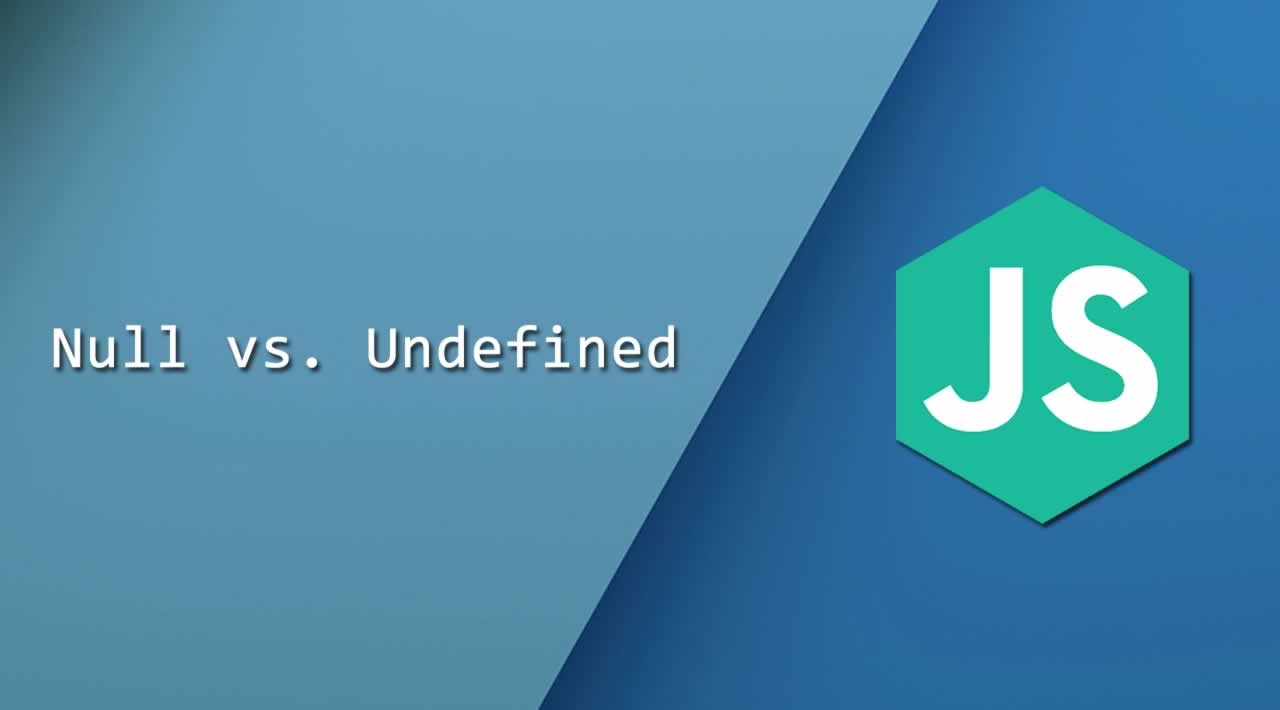Null vs. Undefined: What's the Difference?
At first glance, null and undefined may seem the same, but they are far from it. This article will explore the differences and similarities between null and undefined in JavaScript.
What is null?
There are two features of null you should understand:
nullis an empty or non-existent value.nullmust be assigned.
Here’s an example. We assign the value of null to a:
let a = null;console.log(a);
// null
What is undefined?
Undefined most typically means a variable has been declared, but not defined. For example:
let b;console.log(b);
// undefined
You can also explicitly set a variable to equal undefined:
let c = undefined;console.log(c);
// undefined
Finally, when looking up non-existent properties in an object, you will receive undefined:
var d = {};console.log(d.fake);
// undefined
Similarities between null and undefined
In JavaScript there are only six falsy values. Both null and undefined are two of the six falsy values. Here’s a full list:
- false
- 0 (zero)
- “” (empty string)
- null
- undefined
- NaN (Not A Number)
Any other value in JavaScript is considered truthy.
Also in JavaScript, there are six primitive values. Both null and undefined are primitive values. Here is a full list:
All other values in JavaScript are objects (objects, functions, arrays, etc.).
Interestingly enough, when using typeof to test null, it returns object:
let a = null;
let b;console.log(typeof a);
// objectconsole.log(typeof b);
// undefined
This has occurred since the beginning of JavaScript and is generally regarded as a mistake in the original JavaScript implementation.
null !== undefined
As you can see so far, null and undefined are different, but share some similarities. Thus, it makes sense that null does not strictly equal undefined.
null !== undefined
But, and this may surprise you, null loosely equals undefined.
null == undefined
In JavaScript, a double equals tests for loose equality and preforms type coercion. This means we compare two values after converting them to a common type.
Practical Differences
All of this is great, but what about a practical difference between null and undefined?
Consider the following code snippet:
let logHi = (str = 'hi') => {
console.log(str);
}
The code above creates a function named logHi. This function requires one parameter and sets the default of that parameter to hi if it isn’t supplied. Here’s what that looks like:
logHi();
// hi
We can also supply a parameter to overwrite this default:
logHi('bye');
// bye
With default parameters, undefined will use the default while null does not.
logHi(undefined);
// hilogHi(null);
// null
Summary
nullis an assigned value. It means nothing.undefinedtypically means a variable has been declared but not defined yet.nullandundefinedare falsy values.nullandundefinedare both primitives. However an error shows thattypeof null = object.null !== undefinedbutnull == undefined.
#javascript
